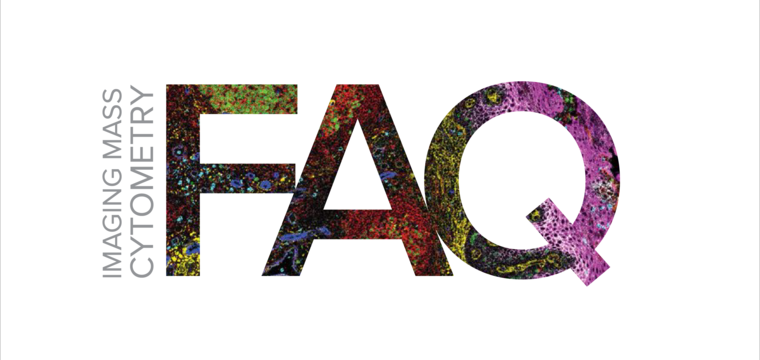
Hyperion™ and Hyperion+ Imaging Systems Documents
datasheets
For technical datasheets (TDSs) or safety datasheets (SDSs), see our catalog. In the catalog, search by part number to locate the relevant TDS and/or SDS.
Hyperion and Hyperion+ Imaging Systems FAQs
We’ve answered some of the most relevant, frequently asked questions about the Hyperion and Hyperion+ Imaging Systems to ensure that you have the information you need to succeed in your research.
Read FAQs
Hyperion and Hyperion+ Imaging Systems Software
Get the precise results your research deserves!
VIEW ALLCyTOF Software (Non-acquisition workstations only)
CyTOF™ Software offers support for imaging analysis to Hyperion™ Imaging System users.
histoCAT
The histoCAT software is an innovative computational Imaging Mass Cytometry™ analysis toolbox that enables comprehensive analysis of cellular phenotypes and their interrelationships within the...
MCD Viewer
MCD™ Viewer is post-acquisition data processing software that allows users to visualize, review and export Imaging Mass Cytometry™ data acquired with the Hyperion™ Imaging System and CyTOF™&nb...
Visiopharm Software
Phenoplex is a complete workflow software for multiplex tissue images in Spatial Biology, built on Visiopharm’s best-in-class AI, with interactive verification steps throughout.
Your source for continuous support
For those adopting high-performance technology, we understand the importance of supporting your laboratory with the right expertise and programs to accelerate research and discovery initiatives. Our global network of highly skilled, highly trained industry experts provides timely technical support, product care services, training and scientific consultation to optimize the productivity and performance of your systems.
Learn more about our Standard BioTools PRO Services.
STANDARD BIOTOOLS PRO SERVICES
Contact us if you can’t find what you are looking for.
For Research Use Only. Not for use in diagnostic procedures. Patent and License Information: www.standardbio.com/legal/notices. Trademarks: www.standardbio.com/legal/trademarks. Any other trademarks are the sole property of their respective owners. ©2025 Standard BioTools Inc. All rights reserved.

